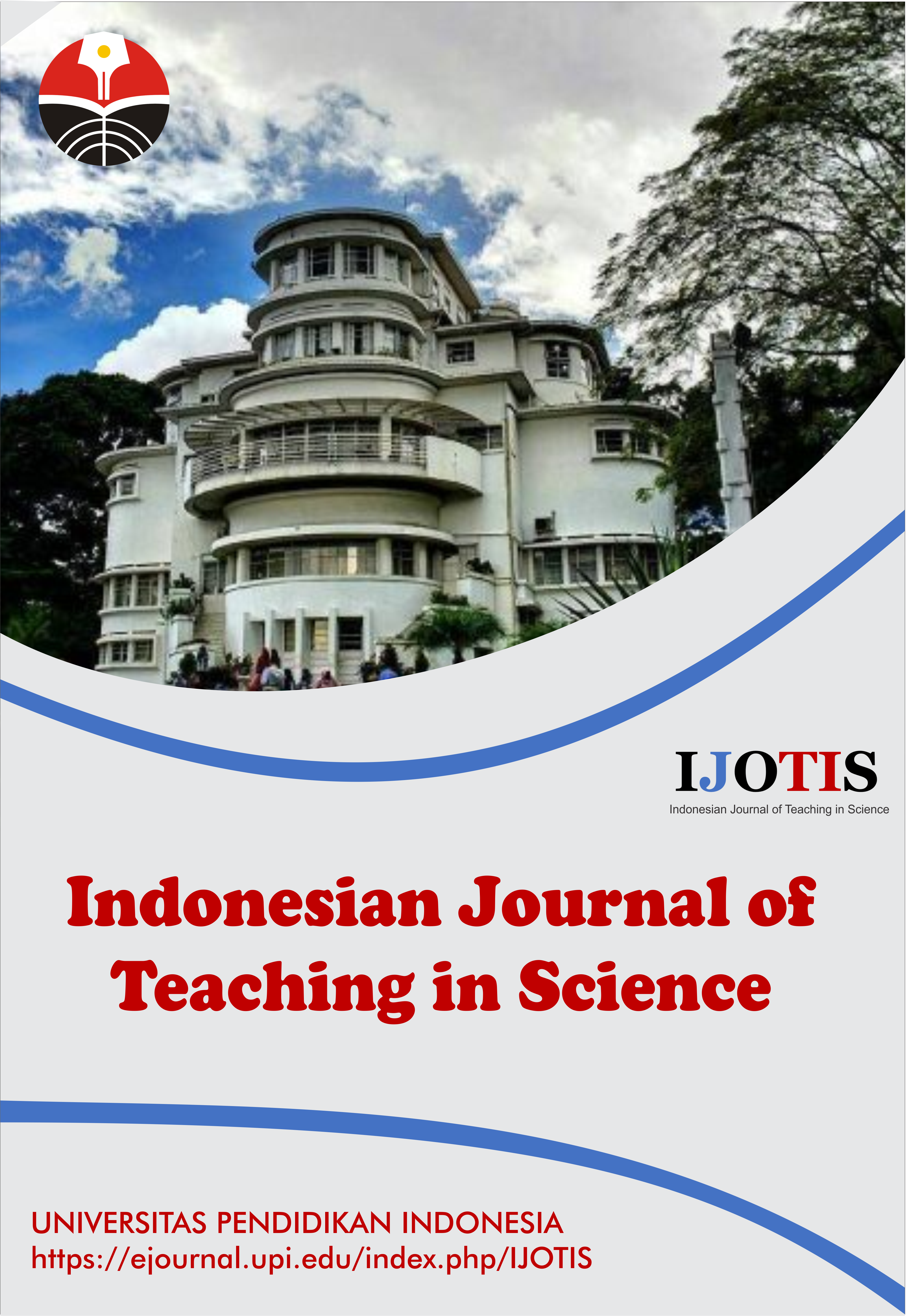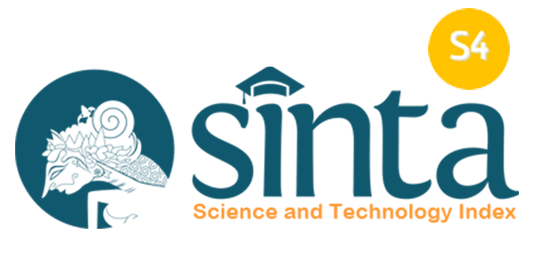The Effectiveness of the Practicum Video Guide on Distance Learning in Improving Biology Learning Outcomes in Enzyme Content
Abstract
Keywords
Full Text:
PDFReferences
Aldini, R. R. H., Kusumawan, U., and Santoso, B. (2022). Pengaruh literasi digital siswa dan keterlibatan orangtua terhadap minat belajar siswa kelas VI di Sekolah Dasar Negeri Benda. Jurnal Education and Development, 10(2), 409-414.
Anggraeni, S., Abadi, H. Y., Hofifah, S. N., Ragadhita, R., and Nandiyanto, A. B. D. (2020). Demonstration of making sago (Metroxylon sagu rottb.) crackers with variations in the comparison of sago flour and wheat flour to high school students. Journal of Engineering Education Transformations, 34(Special Issue), 81-86.
Hamidi, F., Meshkat, M., Rezaee, M., and Jafari, M. (2011). Information technology in education. Procedia Computer Science, 3, 369-373.
Haryani, F., and Sa'diah, D. S. (2021). Pemanfaatan teknologi audio visual sebagai upaya peningkatan minat belajar siswa MI pada masa pandemi covid-19. Proceedings Uin Sunan Gunung Djati Bandung, 1(34), 129-140.
Lubis, D. E. (2023). Pedagogical ability of islamic religious education teachers in using learning media. Scaffolding: Jurnal Pendidikan Islam dan Multikulturalisme, 5(1), 454-468.
Nandiyanto, A. B. D., Fiandini, M., Hofifah, S. N., Ragadhita, R., Al Husaeni, D. F., Al Husaeni, D. N., Maryanti, R. and Masek, A. (2022a). Collaborative practicum with experimental demonstration for teaching the concept of production of bioplastic to vocational students to support the sustainability development goals. Journal of Technical Education and Training, 14(2), 1-13.
Nandiyanto, A. B. D., Hofifah, S. N., Girsang, G. C. S., Trianadewi, D., Ainisyifa, Z. N., Siswanto, A., Putri, S.R., Anggraeni, S., Maryanti, R. and Muslimin, Z. (2022b). Distance learning innovation in teaching chemistry in vocational school using the concept of isotherm adsorption of carbon microparticles. Journal of Technical Education and Training, 14(1), 14-26.
Nandiyanto, A. B. D., Tiyana, R., Azizah, D. N., and Hofifah, S. N. (2020). Demonstrating the biobriquettes production using variations in particle size and binder concentration using audio-visual to vocational students. Journal of Engineering Education Transformations, 34(Special Issue), 87-94.
Putri, S. R., Hofifah, S. N., Girsang, G. C. S., and Nandiyanto, A. B. D. (2021). How to identify misconception using certainty of response index (cri): A study case of mathematical chemistry subject by experimental demonstration of adsorption. Indonesian Journal of Multidiciplinary Research, 2(1), 143-158.
Rasheed, F. (2007). Factors impeding implementation of web-based distance learning. AACE Review Formerly AACE Journal, 15(3), 315-338.
Shearer, R. L., Aldemir, T., Hitchcock, J., Resig, J., Driver, J., and Kohler, M. (2020). What students want: A vision of a future online learning experience grounded in distance education theory. American Journal of Distance Education, 34(1), 36-52.
Wang, M. J. (2010). Online collaboration and offline interaction between students using asynchronous tools in blended learning. Australasian Journal of Educational Technology, 26(6), 830-846.
Wulandari, M. (2017). Fostering learning autonomy through the implementation of flipped learning in language teaching media course. International Journal of Indonesian Education and Teaching, 1(2), 194-205.
DOI: https://doi.org/10.17509/ijotis.v3i2.62905
Refbacks
- There are currently no refbacks.
Copyright (c) 2023 Universitas Pendidikan Indonesia

This work is licensed under a Creative Commons Attribution-ShareAlike 4.0 International License.
Indonesian Journal of Teaching in Science (IJoTIS) is published by Universitas Pendidikan Indonesia (UPI)
 Indonesian Journal of Teaching in Science
Indonesian Journal of Teaching in Science



